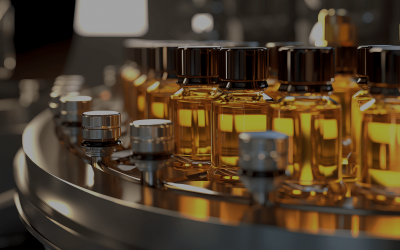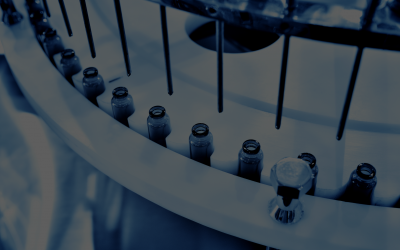The benefits of PET containers are extensive. Lightweight designs are cost effective to produce, require less energy to transport and are a sustainable choice which satisfies consumer demand. In addition, flexibility in PET container design enables producers to build a distinct brand identity.
Types of damage most common in lightweight PET containers during processing:
• Crush Damage
• Improper Seal
• Label Tearing
• Aesthetic Damage
F.L. Harte, who wrote “Efficiency Analysis of Packaging Lines”, once stated, “To improve the efficiency of packaging lines information is needed.” He added, “Data gathering is not a goal by itself, but should support and improve the process control and decision making on packaging lines.”
I agree. In my position, I work with the world’s largest beverage operations and see first-hand how data gathered on the packaging line is being used to prevent the damage and inefficiencies which are common in PET operations. That same data is being used to prevent line performance degradation.
One of Harte’s leading goals was to “transform process data into useful information for efficiency analysis.”
Using sensor data to reduce damage to lightweight PET
Using smart in-line sensors on filling lines, operators are provided with real-time information that pinpoints areas on the line where the forces on the containers are creating issues. Guesswork is taken out of adjustments. Line efficiency improves.
According to the Freedonia Group’s study of beverage containers,
“US demand for beverage containers is expected to increase 1.9 percent per year to 283 billion units in 2019, valued at $31.5 billion. Proliferation of different package sizes, new product introductions, and increased consumption of healthier beverages such as bottled water, ready-to-drink (RTD) tea, and nondairy milk alternatives will drive increases despite weakness in critical markets such as carbonated soft drinks and beer. Plastic bottles and metal cans will continue to dominate demand, with over 80 percent of the total. However, faster growth is expected in newer formats such as aluminum bottles, bag-in-box products, aseptic cartons, and pouches.”
Their report goes on to say, “Plastic containers will remain both the largest and fastest growing product segment, with gains supported by increased consumption in the primary outlet for plastic bottles, bottled water, which will become the leading market for beverage containers by 2019.”
With this continued growth in PET containers, there also comes the need to control the lines even more efficiently. While Freedonia predicts that the growth of PET containers will slow, perhaps as soon as a year from now as the environmental issues continue to rise, the future is now for bottlers. Performance today at the highest levels is a must.
Regardless of the container type, packaging operations need to objectively understand all of the forces on their line and where they are happening.
‘PET is one the most dynamic container formats in the packaging industry, accounting for 77% of packaging unit volume gains from 2004-2009.’






